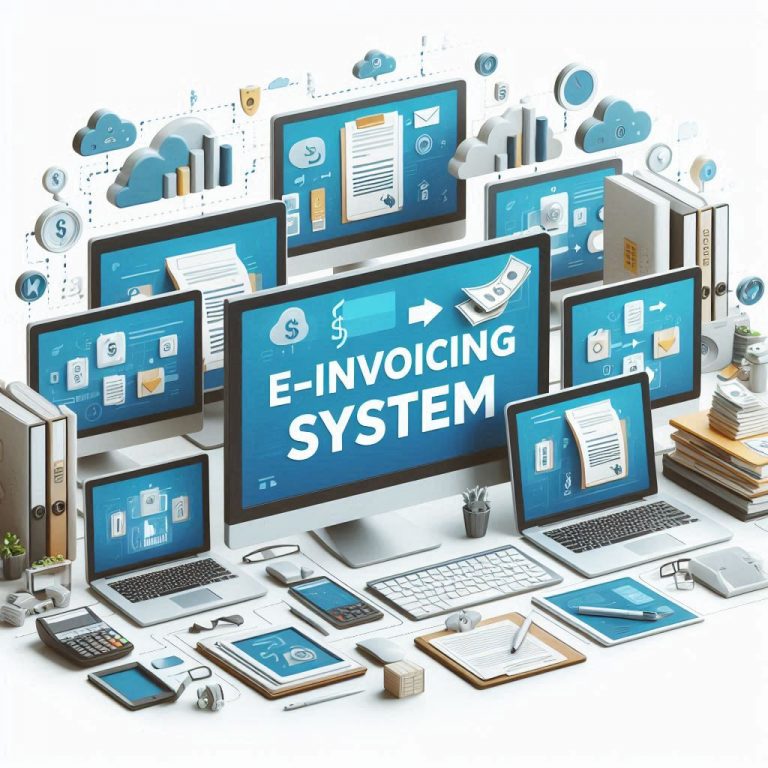Blogs

E-Invoicing Software: Essential Features for SMEs
For small and medium enterprises (SMEs), adopting the right e-invoicing software is no longer optional—it’s a strategic necessity. Digital invoicing streamlines billing, reduces errors, and ensures compliance, freeing up time and resources for growth. But with countless tools available, how do you choose the best fit? Here are the top features to prioritize in e-invoicing solutions for SMEs.
Intuitive Invoice Creation & Branding
Your invoicing tool should simplify, not complicate. Look for platforms that let you:
- Customize templates with your logo, colors, and fonts.
- Add dynamic fields (taxes, discounts, payment terms) in seconds.
- Save recurring invoice profiles for repeat clients.
Tax Compliance Made Effortless
Regulations like Malaysia’s SST or global VAT require precision. Top-tier e-invoicing software automatically:
- Updates tax rates and formats as laws change.
- Generates audit-ready reports (e.g., GST summary).
- Flags discrepancies before invoices are sent.
Smart Automation
Automation is where e-invoicing tools truly shine. Prioritize software that handles:
- Recurring invoices: Set schedules for subscriptions or retainers.
- Payment reminders: Auto-send alerts for overdue bills.
- Status tracking: Notify you when clients view or pay invoices.
Anytime, Anywhere Access
Modern SMEs operate on the go. Cloud-based e-invoicing solutions ensure:
- Access invoices from any device (laptop, tablet, or smartphone).
- Real-time syncing across teams and locations.
- Offline mode for areas with spotty internet.
Multi-Currency & Language Support
Global clients? Your invoicing software should:
- Convert charges into the client’s local currency.
- Offer invoices in multiple languages (e.g., English, Mandarin, Bahasa).
- Automatically apply exchange rates.
Real-Time Financial Insights
Beyond sending bills, the best e-invoicing platforms act as financial dashboards. Look for:
- Live tracking of pending, paid, and overdue invoices.
- Visual charts showing revenue trends or client payment habits.
- Exportable reports for accountants or stakeholders.
Secure Payments & Data Protection
Security is non-negotiable. Ensure your software includes:
- Integrated payment gateways (e.g., PayPal, FPX).
- Encryption for sensitive client and company data.
- Two-factor authentication (2FA) for user logins.
Integration with Existing Tools
Your e-invoicing system shouldn’t operate in isolation. Prioritize compatibility with:
- Accounting software (e.g., QuickBooks, SQL Accounting).
- CRM platforms to sync client data.
- Inventory systems for accurate billing of stock levels.

Why SMEs Can’t Afford to Delay
Manual invoicing drains time and increases error risks. With e-invoicing software, SMEs gain:
- Faster payments: Digital invoices reach clients instantly.
- Professionalism: Branded templates enhance credibility.
- Scalability: Handle 10 or 10,000 invoices with the same efficiency.
Choosing the Right Partner
When evaluating providers, consider:
- Free trials to test usability.
- Customer support responsiveness (live chat, email, phone).
- Pricing models (subscription vs. one-time fees).
Final Thoughts
Investing in e-invoicing software isn’t just about digitizing paperwork—it’s about empowering your SME to operate smarter. By focusing on automation, compliance, and integration, you’ll save time, improve accuracy, and position your business for scalable growth.
In today’s fast-paced market, the right invoicing solution isn’t a luxury—it’s your competitive edge.



